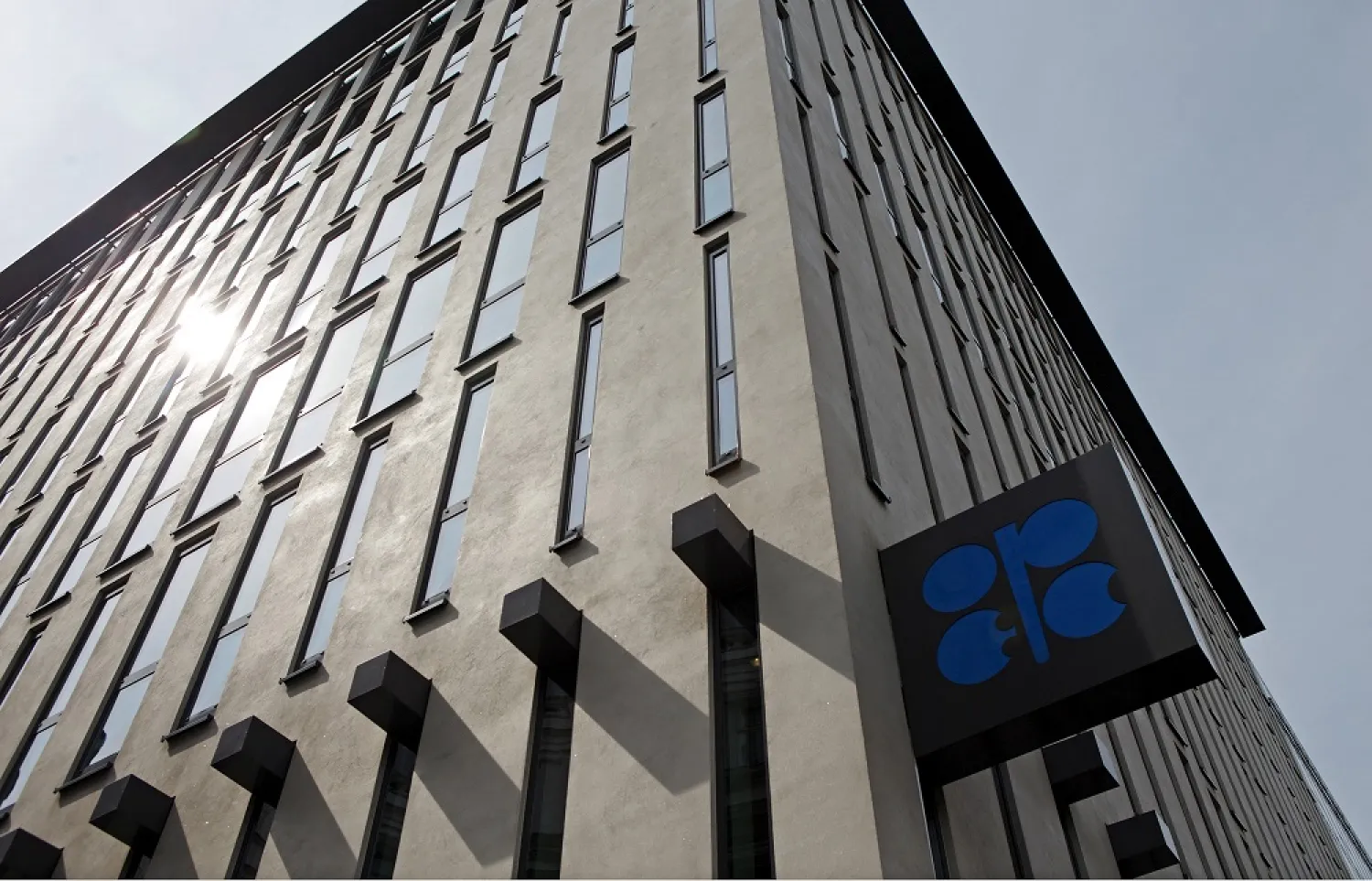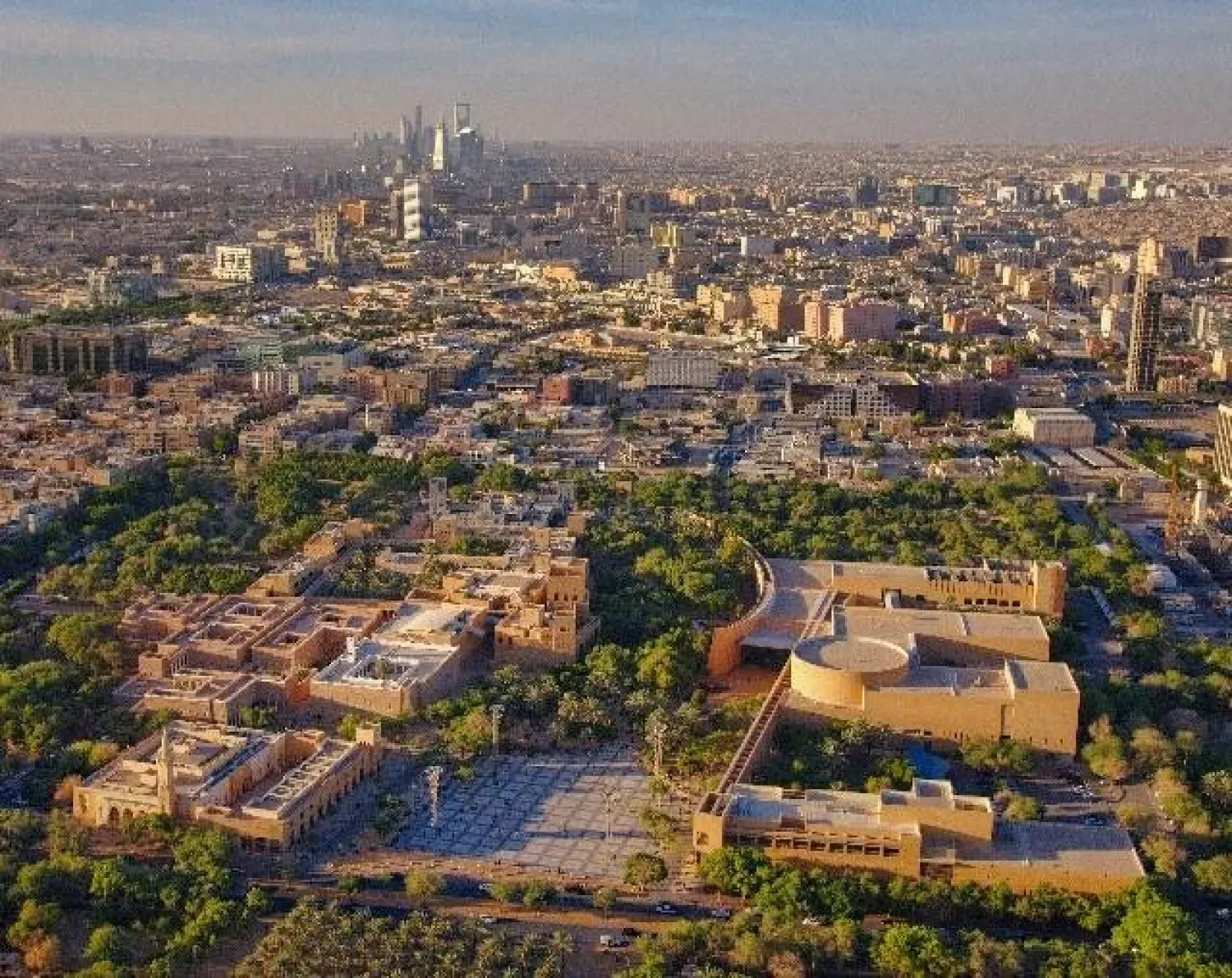Following the Royal Commission for Riyadh City’ s announcement of the results of the electronic draw for purchasing residential land through the Real Estate Balance platform, Asharq Al-Awsat learned that some of the plots allocated to eligible beneficiaries will be sold at prices below SAR 1,500 (about $400) per square meter, depending on their locations.
The land distribution comes in implementation of directives issued by Crown Prince and Prime Minister Mohammed bin Salman to take the necessary steps to restore balance to Riyadh’s real estate sector.
Under these directives, the Royal Commission for Riyadh City is tasked with providing planned and developed residential land for citizens at a rate of between 10,000 and 40,000 plots annually over the next five years, at prices not exceeding SAR 1,500 per square meter.
On Wednesday, the Commission announced the issuance of the electronic draw results after completing all procedures related to verifying applicants’ eligibility and reviewing objections submitted ahead of the draw.
Competitive Prices
Real estate specialists told Asharq Al-Awsat that the Commission has allocated large tracts of land for sale to eligible beneficiaries in key locations within Riyadh’s urban fabric, noting that the move offers more choices at competitive prices and reflects positively on the overall real estate market in the Saudi capital.
They added that beneficiaries will be able to build homes at costs comparable to the prices of apartments currently offered for sale in northern Riyadh neighborhoods, which proved that the directives of Crown Prince Mohammed bin Salman have translated into tangible outcomes, enabling citizens to obtain their first homes at lower prices.
Price Decline
Real estate specialist Khaled Al-Mobid said that offering more than 6.3 million square meters of land this year through the Real Estate Balance platform aims to inject additional land within the urban area and increase housing supply with high planning quality. He described the step as important in curbing prices, which have risen recently in Riyadh.
He added that the rollout of further land areas through the platform over the next four years will help meet demand from young people and low-income segments, making affordable housing more accessible and facilitating first-home ownership.
Al-Mobid expected the Riyadh real estate market to see a correction in the coming years as the measures directed by the Crown Prince and Prime Minister are fully implemented by the relevant authorities.
Construction Costs
Another real estate specialist, Ahmed Omar Basodan, said that based on the announced locations for beneficiaries of the first batch, recipients will be able to own villas at prices lower than apartments currently offered for sale in the same neighborhoods. He explained that preliminary estimates put the combined cost of land purchase and construction at between SAR 900,000 and SAR 1.2 million.
He added that setting a ceiling price of SAR 1,500 per square meter for land will put downward pressure on prices in those areas, forcing them to retreat and become more affordable. Basodan noted that more than 10,000 plots have been allocated this year through the platform, supporting expanded housing supply, market stability, and improved quality of life.
Electronic Draw
In its latest statement, the Royal Commission for Riyadh City said the electronic draw was conducted under the supervision of an independent committee representing the Royal Commission, the Ministry of Justice, the General Real Estate Authority, Riyadh Municipality, and the Saudi Data and Artificial Intelligence Authority (SDAIA), using advanced technological systems to ensure fairness and equal opportunity.
The Commission confirmed that the final results are now available on the Real Estate Balance platform, detailing the locations of allocated plots totaling 6.3 million square meters across several Riyadh neighborhoods, including Al-Qirawan, Al-Malqa, Al-Nakheel, Al-Nargis, Namar, Al-Rimayah, Al-Rimal, and Al-Janadriyah.









